Ditapis dengan

E-book City, Citizen, Citizenship, 400–1500
This open access book explores how medieval societies conversed about the city and citizen in texts, visual imagery and material culture. It adopts a long-term, interdisciplinary, and cross-cultural perspective, bringing together contributions on the early, high, and later Middle Ages, covering both the medieval East and West, and representing a wide variety of disciplinary angles and sources. …
- Edisi
- -
- ISBN/ISSN
- 9783031485619
- Deskripsi Fisik
- 500 halaman, ilus.
- Judul Seri
- -
- No. Panggil
- 936 ROS c
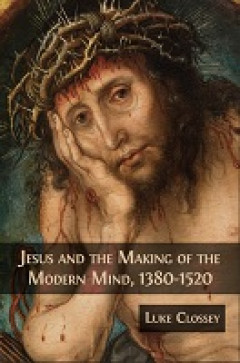
E-book Jesus and the Making of the Modern Mind, 1380-1520
For his fifteenth-century followers, Jesus was everywhere – from baptism to bloodcults to bowling. This sweeping and unconventional investigation looks at Jesus across one hundred forty years of social, cultural, and intellectual history. Mystics married him, Renaissance artists painted him in three dimensions, Muslim poets praised his life-giving breath, and Christopher (“Christ-bearing”…
- Edisi
- -
- ISBN/ISSN
- 9781800648180
- Deskripsi Fisik
- 802 halaman
- Judul Seri
- -
- No. Panggil
- 940.2 CLO j
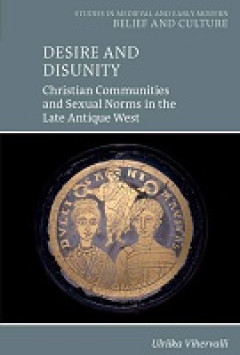
E-book Desire and Disunity: Christian Communities and Sexual Norms in the Lat…
Desire and Disunity explores the struggles of Christianising late ancient sexuality in the late Roman West. Through an examination of fourth to sixth century sermons, letters, laws, and treatises in Latin-speaking communities, the difficulties of late antique clerics in moving ascetically influenced sexual ideals into wider practice become evident. Western clerics faced challenges on several fr…
- Edisi
- -
- ISBN/ISSN
- 9781835530023
- Deskripsi Fisik
- 248 halaman
- Judul Seri
- -
- No. Panggil
- 909.07 VIH d 002822-eB-0122
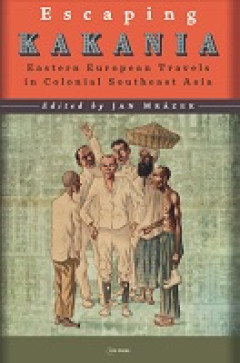
E-book Escaping Kakania: Eastern European Travels in Colonial Southeast Asia
Escaping Kakania is about fascinating characters—soldiers, doctors, scientists, writers, painters—who traveled from their eastern European homelands to colonial Southeast Asia. Their stories are told by experts on different countries in the two regions, who bring diverse approaches into a conversation that crosses disciplinary and national borders. The 14 chapters deal with the diverse enco…
- Edisi
- -
- ISBN/ISSN
- 9789633866658
- Deskripsi Fisik
- 375 halaman, ilus.
- Judul Seri
- -
- No. Panggil
- 940 MRA e
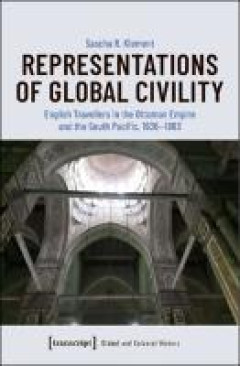
E-book Representations of Global Civility: English Travellers in the Ottoman …
Perhaps unexpectedly, English travel writing during the long eighteenth century reveals a discourse of global civility. By bringing together representations of the then already familiar Ottoman Empire and the largely unknown South Pacific, Sascha Klement adopts a uniquely global perspective and demonstrates how cross-cultural encounters were framed by Enlightenment philosophy, global interconne…
- Edisi
- -
- ISBN/ISSN
- 9783839455838
- Deskripsi Fisik
- 270 halaman
- Judul Seri
- -
- No. Panggil
- 909 KLE r
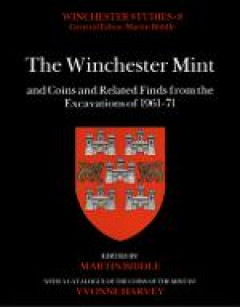
E-Book The Winchester Mint and Coins and Related Finds from the Excavations o…
Edited by Martin Biddle with a catalogue of the known coins of the mint by Yvonne Harvey, this volume records and illustrates the minting of silver pennies in Winchester between the reigns of Alfred the Great and Henry III, a period of three and a half centuries. At the Mint, which was situated in the area of the High Street to the east of where the city’s cross now stands, at least 24 millio…
- Edisi
- -
- ISBN/ISSN
- 9781803270128
- Deskripsi Fisik
- 768 halaman, ilus.
- Judul Seri
- -
- No. Panggil
- 737.49 BID t

E-Book Remapping Travel Narratives (1000–1700): To the East and Back Again
With a specific focus on travel narratives, this collection looks at how Islamic and eastern cultural threads were weaved, through travel and trading networks, into Western European/Christian visual culture and discourse and, ultimately, into the artistic explosion which has been labeled the “Renaissance.” Scholars from across humanities disciplines examine Islamic, Jewish, Spanish, Italian…
- Edisi
- -
- ISBN/ISSN
- 9781942401599
- Deskripsi Fisik
- 295 halaman, ilus.
- Judul Seri
- -
- No. Panggil
- 936 PIE r
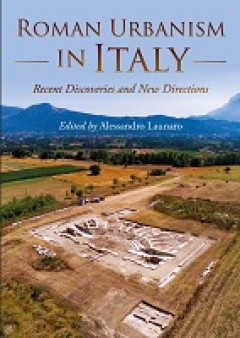
E-Book Roman Urbanism in Italy: Recent Discoveries and New Directions
The study of Roman urbanism – especially its early (Republican) phases – is extensively rooted in the evidence provided by a series of key sites, several of them located in Italy. Some of these Italian towns (e.g. Fregellae, Alba Fucens, Cosa) have received a great deal of scholarly attention in the past and they are routinely referenced as textbook examples, framing much of our understandi…
- Edisi
- -
- ISBN/ISSN
- 9798888570364
- Deskripsi Fisik
- 280 halaman
- Judul Seri
- -
- No. Panggil
- 936 LAU r
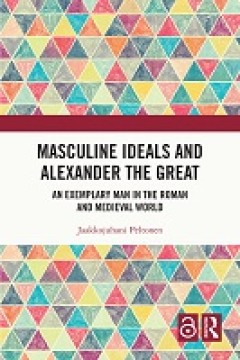
E-Book Masculine Ideals and Alexander the Great
From premodern societies onward, humans have constructed and produced images of ideal masculinity to define the roles available for boys to grow into, and images for adult men to imitate. The figure of Alexander the Great has fascinated people both within and outside academia. As a historical character, military commander, cultural figure and representative of the male gender, Alexander’s pop…
- Edisi
- -
- ISBN/ISSN
- 9781032523781
- Deskripsi Fisik
- 285 halaman
- Judul Seri
- -
- No. Panggil
- 930 JAA m
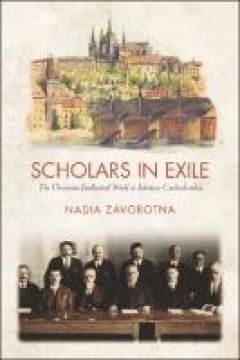
E-book Scholars in Exile
Throughout the 1920s and 30s Prague was the intellectual center of Ukrainian émigrés in Europe, not least because of significant financial support from the Czechoslovak government and its first president, Tomáš Garrigue Masaryk, for émigré students and intellectuals. On the basis of extensive archival research in Ottawa, Prague, and Kyiv, Zavorotna outlines the continuation of Ukrainian s…
- Edisi
- -
- ISBN/ISSN
- 9781487531577
- Deskripsi Fisik
- -
- Judul Seri
- -
- No. Panggil
- 940
 Karya Umum
Karya Umum  Filsafat
Filsafat  Agama
Agama  Ilmu-ilmu Sosial
Ilmu-ilmu Sosial  Bahasa
Bahasa  Ilmu-ilmu Murni
Ilmu-ilmu Murni  Ilmu-ilmu Terapan
Ilmu-ilmu Terapan  Kesenian, Hiburan, dan Olahraga
Kesenian, Hiburan, dan Olahraga  Kesusastraan
Kesusastraan  Geografi dan Sejarah
Geografi dan Sejarah